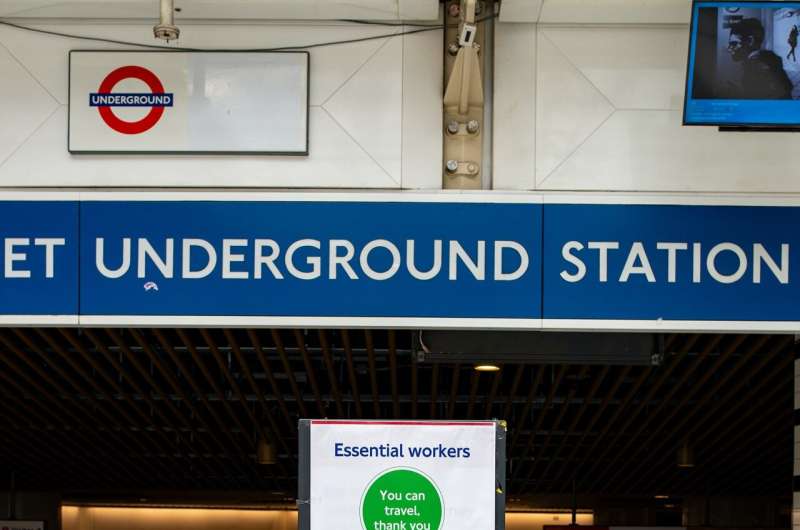Harsher COVID-19 restrictions associated with faster "pandemic fatigue"

Between November 2020 and May 2021, adherence to COVID-19 pandemic restrictions decreased in Italy, with the fastest decreases taking place during times of the most stringent restrictions, according to a new study publishing May 26th in the open-access journal PLOS Digital Health by Laetitia Gauvin of ISI Foundation, Italy, and colleagues.
Pandemic fatigue, the decreased motivation to adhere to social distancing measures and adopt health-protective behaviors, represents a significant concern for policymakers and health officials. In the time period spanning November 2020 to May 2021 in Italy, tiered restrictions were adopted to mitigate the spread of COVID-19, with regions declared red, orange, yellow or white depending on their health data. Restrictions ranged from a nighttime curfew in the yellow tier to general stay-at-home mandates in the red tier.
In the new study, the researchers used large-scale mobility data from Facebook and Google captured in all 20 Italian provinces in 2020 and 2021 to analyze the timing of pandemic fatigue. Facebook reports the change in a user's number of movements over time, while Google data estimates the change in time spent at home.
People's relative change in movements increased an average of 0.08% per day and their time spent outside the home increased by an average 0.04% per day, leading to a more than 15% increase in relative mobility over the entire seven-month study period. During times of red tier restrictions, individual mobility increased an additional 0.16% per day and time spent outside the home increased an additional 0.04% when compared to the average. This means that during every 2-week period spent in the red tier, there would be an additional average 3% increase in relative mobility.
The authors conclude that changes to pandemic restrictions are faster during periods characterized by the strictest levels of restrictions. However, they acknowledge that the data used are subject to bias since they include only Facebook and Google users who opted-in to location sharing. In addition, untangling the combined effects of vaccination and new pandemic variants on adherence to pandemic restrictions was not within the scope of the study and requires more work. It is also important to note that the study did not investigate on the effectiveness of each tiered restriction against the spread of SARS-CoV-2.
Gauvin adds, "By analyzing mobile phone-derived mobility data in Italy, we investigated how adherence to COVID-19 restrictions changed over time, under different levels of increasing stringency. Our results show that adherence can be difficult to sustain over time and more so when the most stringent measures are enforced. Given that milder tiers have been proven to be effective in mitigating the spread of COVID-19, our study suggests policymakers should carefully consider the interplay between the efficacy of restrictions and their sustainability over time."
More information: PLOS Digital Health (2022). DOI: 10.1371/journal.pdig.0000035


















